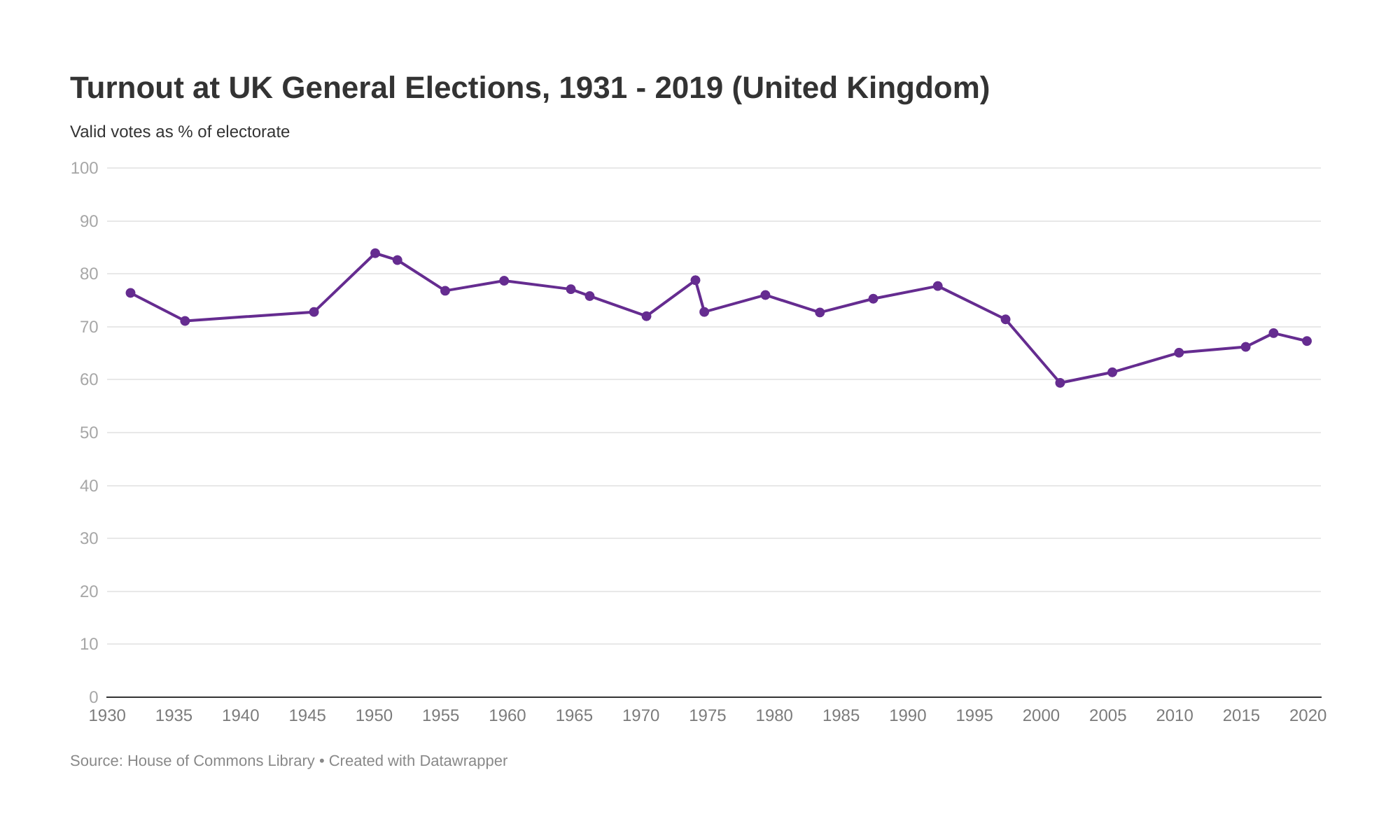Smart Rings And Fidelity: A New Era Of Relationship Trust?

Table of Contents
How Smart Rings Claim to Enhance Fidelity
Proponents of smart rings for relationship monitoring argue that they offer a technological solution to anxieties surrounding fidelity. These devices leverage various technologies to track and record data, presenting it to the user as a means to alleviate fears and build trust.
Monitoring Features and Data Collection
Smart rings marketed towards enhancing relationship fidelity often boast a range of monitoring capabilities. These typically include:
- GPS Tracking: Provides location data, allowing partners to track each other's whereabouts in real-time.
- Heart Rate Monitoring: Some claim this can act as a proxy for emotional states, potentially signaling heightened arousal or stress in certain situations. However, this is highly speculative and unreliable.
- Activity Tracking: Records daily activity levels, sleep patterns, and overall movement. This can be interpreted in various ways, sometimes leading to misinterpretations.
- Call and Message Logging (in some models): Provides a record of communication, although this raises significant privacy concerns.
It's crucial to understand the limitations of these features. GPS signals can be weak or inaccurate, heart rate data can be influenced by various factors unrelated to infidelity, and activity tracking offers only a limited and often misleading snapshot of a person's behavior. The potential for false positives and misinterpretations is significant.
Promoting Transparency and Open Communication
Another argument in favor of smart rings focuses on the potential for increased transparency and open communication. The idea is that by openly sharing location and activity data, partners can foster a greater sense of trust and alleviate anxieties.
- Sharing location data can reduce uncertainty about a partner's whereabouts, eliminating potential causes for suspicion.
- Openly discussing activity levels and daily routines can create a space for more honest and vulnerable communication.
However, even with good intentions, downsides exist. Over-reliance on technology can erode personal space and lead to feelings of constant surveillance. The very act of monitoring, regardless of the data, can damage trust and create a climate of suspicion, even if no actual infidelity occurs. Moreover, the constant availability of such detailed personal information raises concerns about privacy and the potential for misuse.
Ethical Concerns and Privacy Issues
The use of smart rings for relationship monitoring raises significant ethical questions, primarily centered around consent and data security.
Consent and Informed Decision-Making
The ethical use of these devices hinges on informed consent. It's crucial that both partners understand fully how the data is collected, stored, and used before agreeing to its deployment. Using a smart ring to monitor a partner's activities without their knowledge or explicit consent is a serious breach of trust and could be considered a form of emotional abuse.
- Coercion or pressure to use a smart ring invalidates the concept of informed consent.
- A lack of awareness of the device's capabilities can lead to misunderstandings and conflict.
- Open, honest conversations about the purpose and implications of using this technology are paramount.
Data Security and Potential for Misuse
The sensitive personal data collected by smart rings presents a significant vulnerability. Data breaches could lead to the exposure of private information, potentially causing significant emotional distress and even legal issues.
- Hacking or unauthorized access could expose intimate details, leading to blackmail or other forms of exploitation.
- The lack of robust data privacy regulations specifically concerning smart ring data presents a considerable legal and ethical risk.
- The potential for misuse of collected data emphasizes the importance of carefully considering the risks before deploying such technology.
The Impact on Relationship Dynamics
The introduction of smart rings into a relationship can significantly alter its dynamics, impacting both trust and communication patterns.
Trust and Suspicion
While intended to foster trust, smart rings can, paradoxically, exacerbate existing trust issues or even create new ones. The constant monitoring can lead to a climate of suspicion, where innocent behaviors are misinterpreted or overanalyzed.
- The very act of using a smart ring to monitor a partner can create a self-fulfilling prophecy of mistrust.
- Even if the data shows nothing untoward, the underlying suspicion can still damage the relationship.
- The potential for misinterpretation of data can lead to unnecessary conflict and emotional distress.
Communication and Conflict Resolution
The data collected by smart rings can become a source of conflict, rather than a tool for resolution. Openly discussing the data and its implications requires a high level of emotional maturity and communication skills. If not handled carefully, this can escalate existing tensions.
- Data presented as evidence of wrongdoing can create explosive arguments, damaging trust and intimacy.
- Focusing on the data, rather than the underlying emotional issues, can hinder productive conflict resolution.
- Effective communication, focused on addressing emotional needs and building understanding, is crucial to mitigating the negative effects of using smart rings in relationships.
Conclusion
Smart rings and fidelity present a complex and multifaceted issue. While marketed as tools to enhance relationship trust, their use raises significant ethical, privacy, and practical concerns. The potential benefits of increased transparency must be weighed against the potential for heightened suspicion, misinterpretation of data, and significant risks to data security. Ultimately, fostering healthy, trusting relationships relies on open communication, mutual respect, and a commitment to building emotional intimacy—not on technological surveillance. We encourage you to carefully consider the implications of using smart rings and prioritize open and honest communication when discussing the use of any relationship-focused technology. Remember, building trust in relationships requires more than just smart rings and fidelity; it necessitates genuine connection and emotional vulnerability.

Featured Posts
-
 Updated Play Station Plus Extra And Premium Game Catalog
May 03, 2025
Updated Play Station Plus Extra And Premium Game Catalog
May 03, 2025 -
 Poppy Atkinson Fundraiser In Kendal Exceeds Expectations Following Tragic Event
May 03, 2025
Poppy Atkinson Fundraiser In Kendal Exceeds Expectations Following Tragic Event
May 03, 2025 -
 London Fashion Week Kate And Lila Moss Stunning Black Dress Style
May 03, 2025
London Fashion Week Kate And Lila Moss Stunning Black Dress Style
May 03, 2025 -
 Christina Aguilera Fans Inappropriate Kiss Causes Outrage
May 03, 2025
Christina Aguilera Fans Inappropriate Kiss Causes Outrage
May 03, 2025 -
 Daily Lotto Result Wednesday 16 April 2025
May 03, 2025
Daily Lotto Result Wednesday 16 April 2025
May 03, 2025
Latest Posts
-
 Nc Supreme Court Race Gop Candidate Appeals Latest Orders
May 03, 2025
Nc Supreme Court Race Gop Candidate Appeals Latest Orders
May 03, 2025 -
 Analyzing Voter Turnout In Florida And Wisconsin Understanding The Political Landscape
May 03, 2025
Analyzing Voter Turnout In Florida And Wisconsin Understanding The Political Landscape
May 03, 2025 -
 Gop Candidates Nc Supreme Court Appeal What It Means
May 03, 2025
Gop Candidates Nc Supreme Court Appeal What It Means
May 03, 2025 -
 Florida And Wisconsin Election Results What The Turnout Reveals
May 03, 2025
Florida And Wisconsin Election Results What The Turnout Reveals
May 03, 2025 -
 Npps 2024 Election Loss Abu Jinapors Perspective
May 03, 2025
Npps 2024 Election Loss Abu Jinapors Perspective
May 03, 2025
